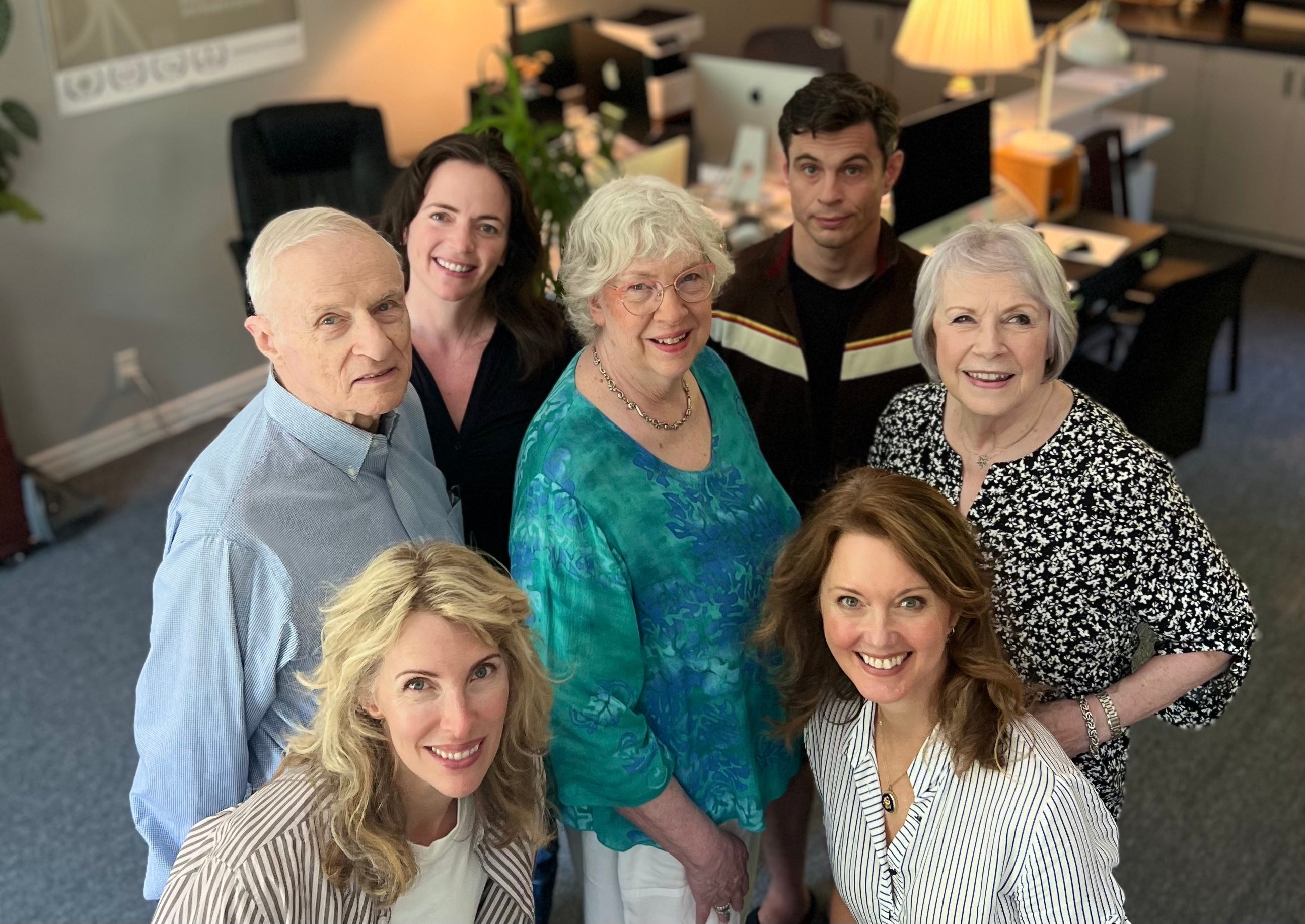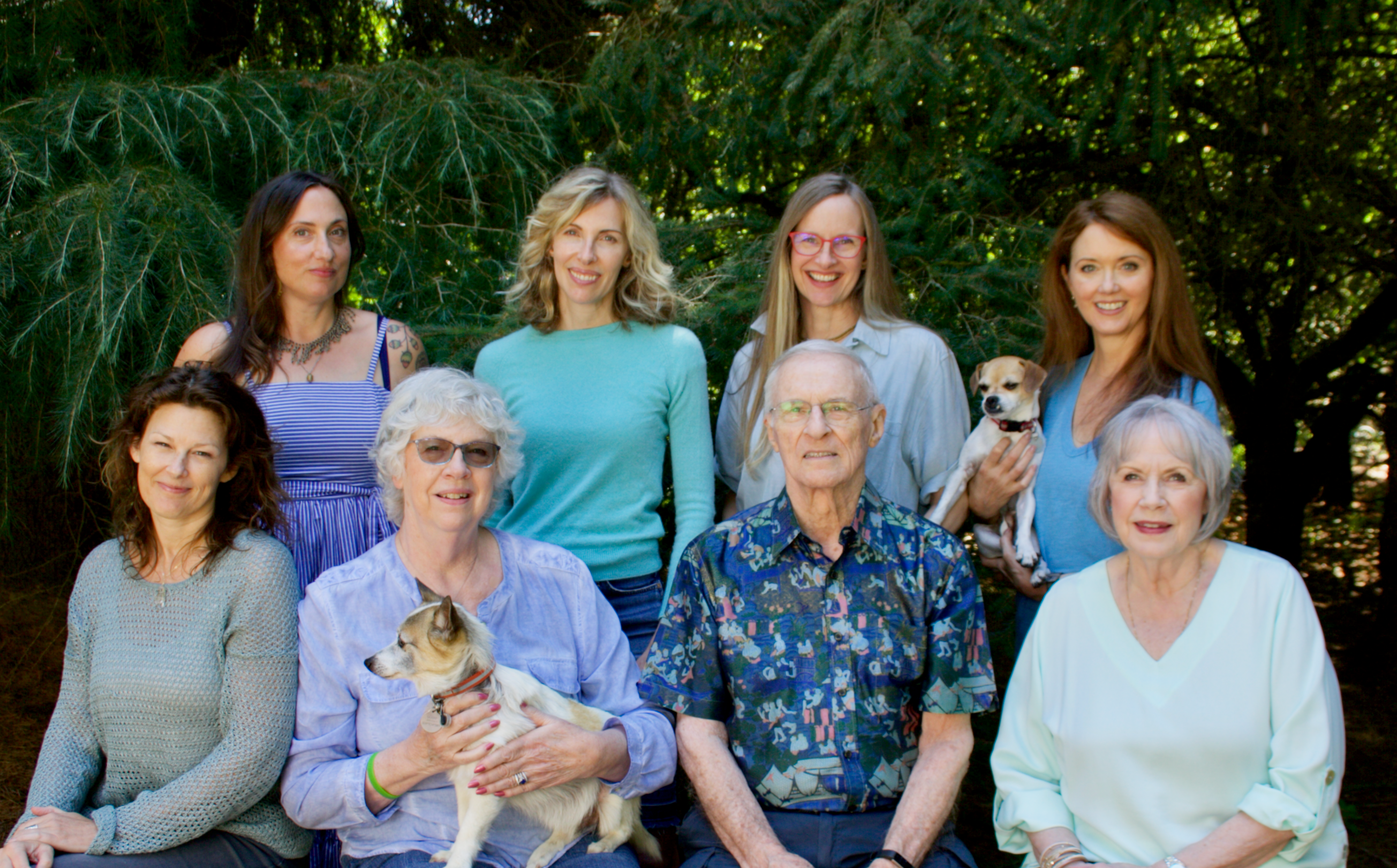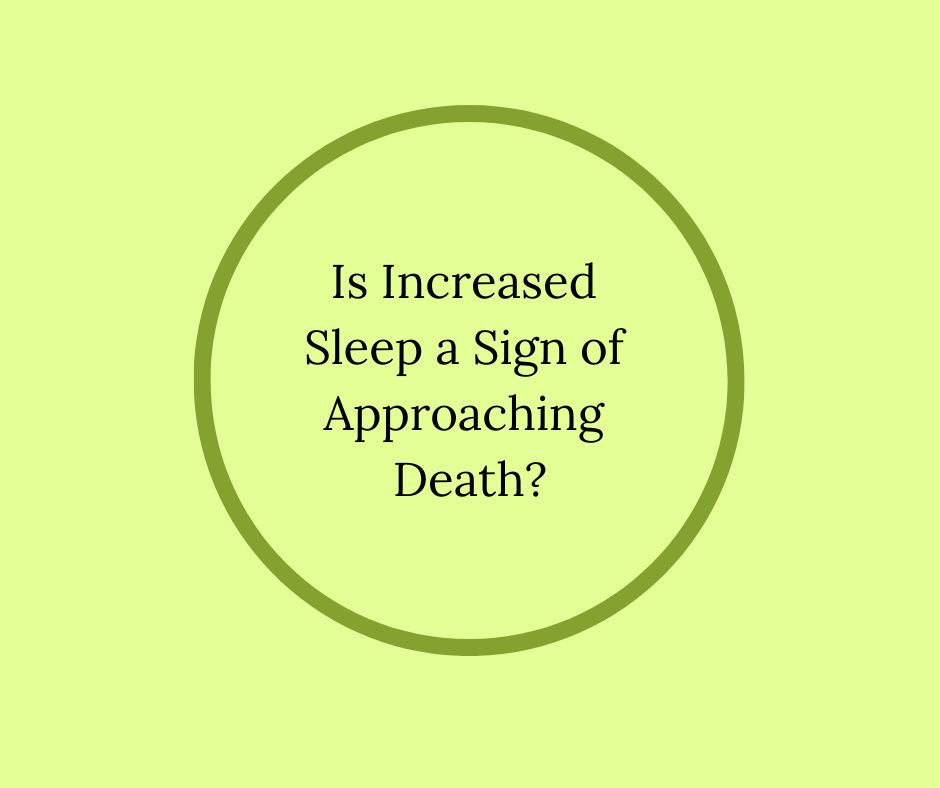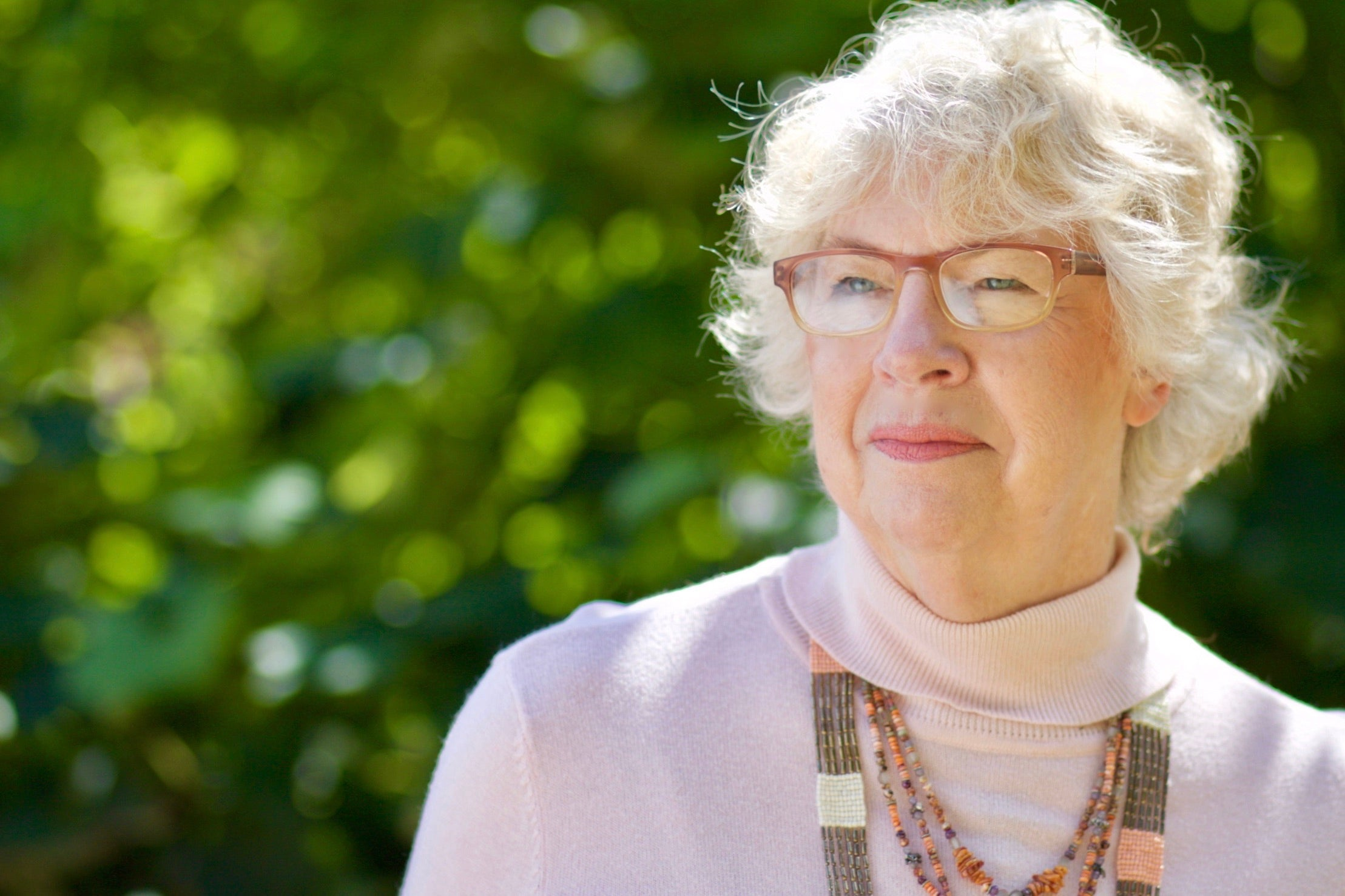The sacred moment of death - that is the goal for those of us who work with end of life. Guiding, supporting and teaching those present what is normal in dying and what is not. What is fixable and what is not. What is painful and what is not. What to do and what not to do. What to say and what to be silent about.
All the work we do leads up to the moment of death. Our goal is to guide and support those present through the moment the last breath occurs.
How do we do that? How do we support and guide? We first give information. We teach the signs of approaching death. Teach what is normal and what is more challenging. We give guidance as to what families or significant others can do while labor is progressing.
Here are my thoughts:
In the hours before death, when the person is not responsive, suggest that each person present spend time alone with the person who is dying. To talk with them, tell them everything they have wanted and need to say, the good, and even the challenging.
Sit by or on the bed, hold a hand, lay down in the bed, cuddle, whatever your heart guides you to do. This is their gift as well as a gift to the person who is dying. The opportunity to address “loose ends,” to say those things that were never said.
The person that is dying is processing their life. By sharing innermost thoughts and feelings with them they are giving their special person more pieces to their puzzle of life.
Now is the time to talk with those present as to what is about to occur. Explain how the breathing changes, about the sounds they may hear, the words that won’t make sense, the often strange and unusual facial expressions they may see. All that is part of the labor of dying.
By guiding them you are showing those present that nothing bad is happening, nothing pathological is happening. This is how people die. Dad or grandmother or friend or husband are expressing the effort to release them from their body.
Once death has occurred encourage those present to say goodbye to the body again before calling the funeral home. This will be the last private time they will have with their special person, give them that opportunity.
Through this support and guidance you are creating the sacred experience for those present and that experience will become their sacred memory. They will carry that memory with them forever.
This is the work we do. This is the goal, the culmination of our time spent with families and significant others. This is the gift we can give them.
Something More... about The Sacred Moment of Death
For those who are educating staff, students, new hospice workers, end of life doula programs, I encourage you to use my comprehensive DVD THIS IS HOW PEOPLE DIE as a training tool. Our new hires don't understand that caring for a person at end of life is different than caring for someone who will get better. When the whole team is supporting families and patients with consistent care, the morale rises as do CAHPS scores.









8 comments